Popular in your industry




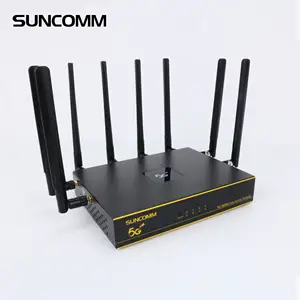


























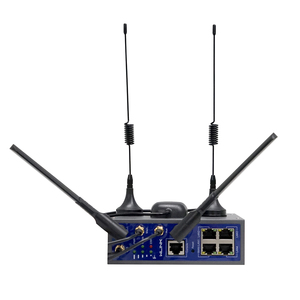
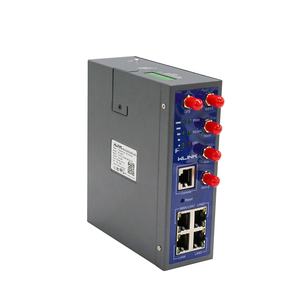
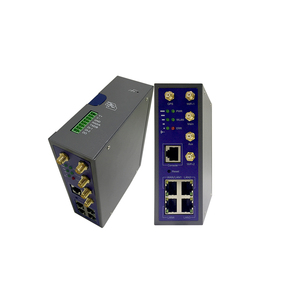
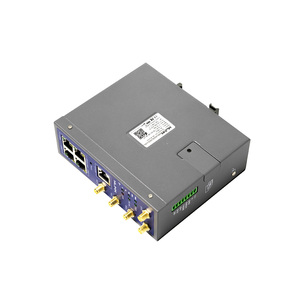
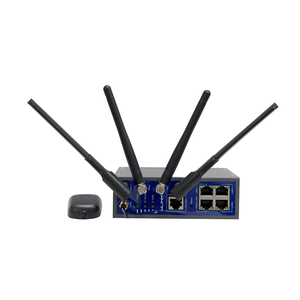












Related Searches:









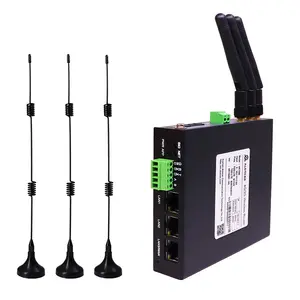














































































































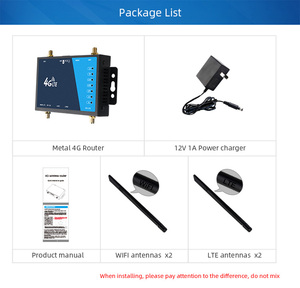





























Top categories
About 4g lte m2m router
Explore the Versatility of 4G LTE M2M Routers
The 4G LTE M2M router category encompasses a range of devices designed to facilitate robust data transmission and network connectivity in various settings, from commercial offices to educational institutions. These routers play a pivotal role in maintaining continuous network communication, crucial for modern operations.
Understanding 4G LTE M2M Router Applications
M2M, or machine-to-machine routers, utilize the 4G LTE network to provide wireless communication between devices. This technology is instrumental in enabling IoT (Internet of Things) applications, where uninterrupted connectivity is a necessity for functions such as remote monitoring, telematics, and real-time data transfer.
Features and Specifications
4G LTE M2M routers are engineered to meet diverse operational demands, offering features like extended range, which can reach up to 10 kilometers, and compatibility with category 5 or 6 cabling. These routers are designed to be user-friendly, allowing for straightforward setup and integration into existing networks.
Materials and Design
Constructed with durability in mind, 4G LTE M2M routers are housed in robust casings that protect internal components from environmental factors. The design considerations ensure that these devices can sustain consistent performance even in varied climatic conditions.
Advantages of Using 4G LTE M2M Routers
The use of 4G LTE M2M routers brings several advantages, including enhanced data accessibility and the facilitation of faster network connections. These routers are pivotal in scenarios where data integrity and immediate access are paramount, such as in financial transactions or emergency services.
Selecting the Right 4G LTE M2M Router
When choosing a 4G LTE M2M router, it is essential to consider the specific requirements of your network environment. Factors such as range, data throughput, and compatibility with existing infrastructure should guide your selection to ensure seamless integration and optimal performance.

















































